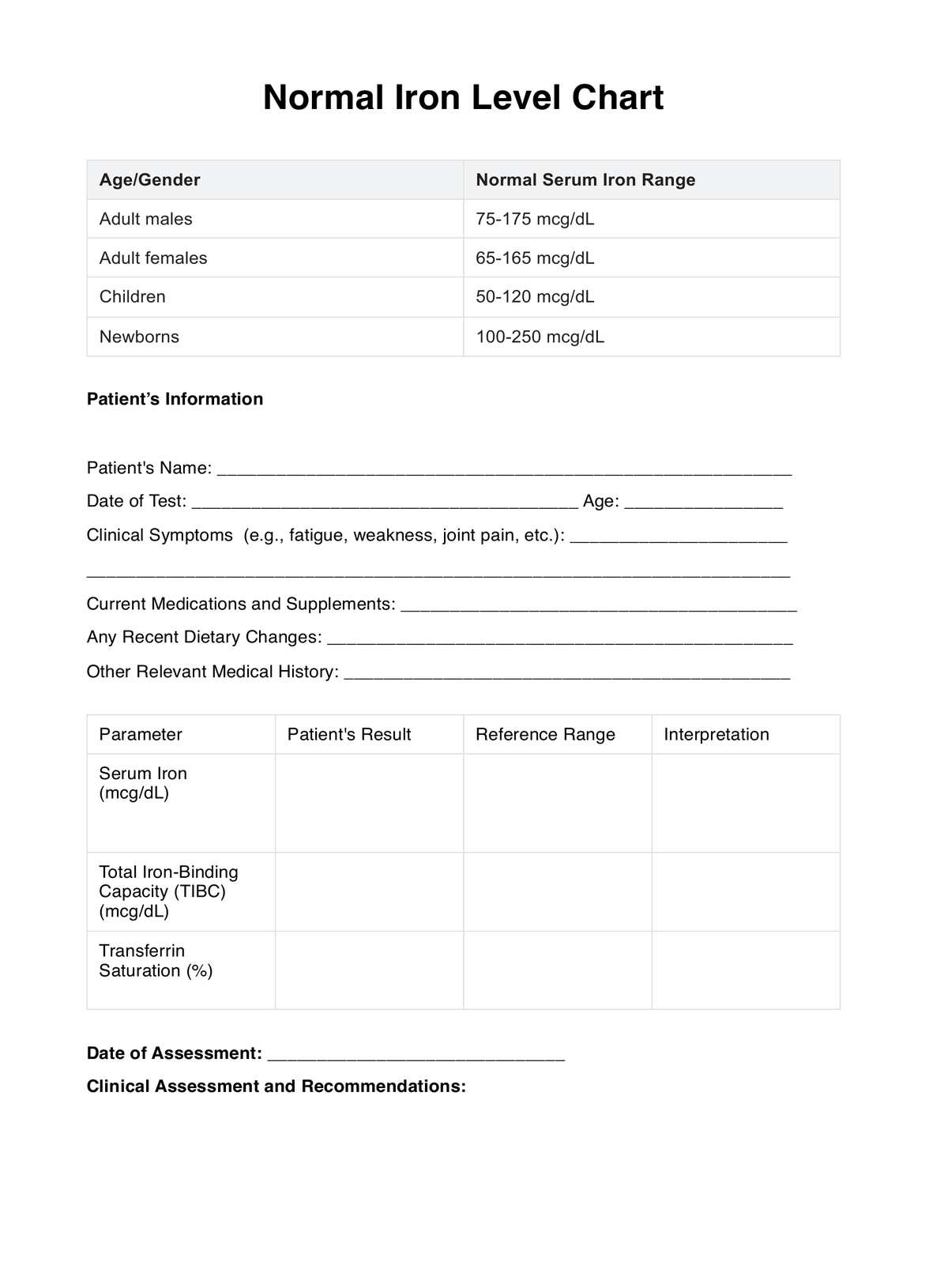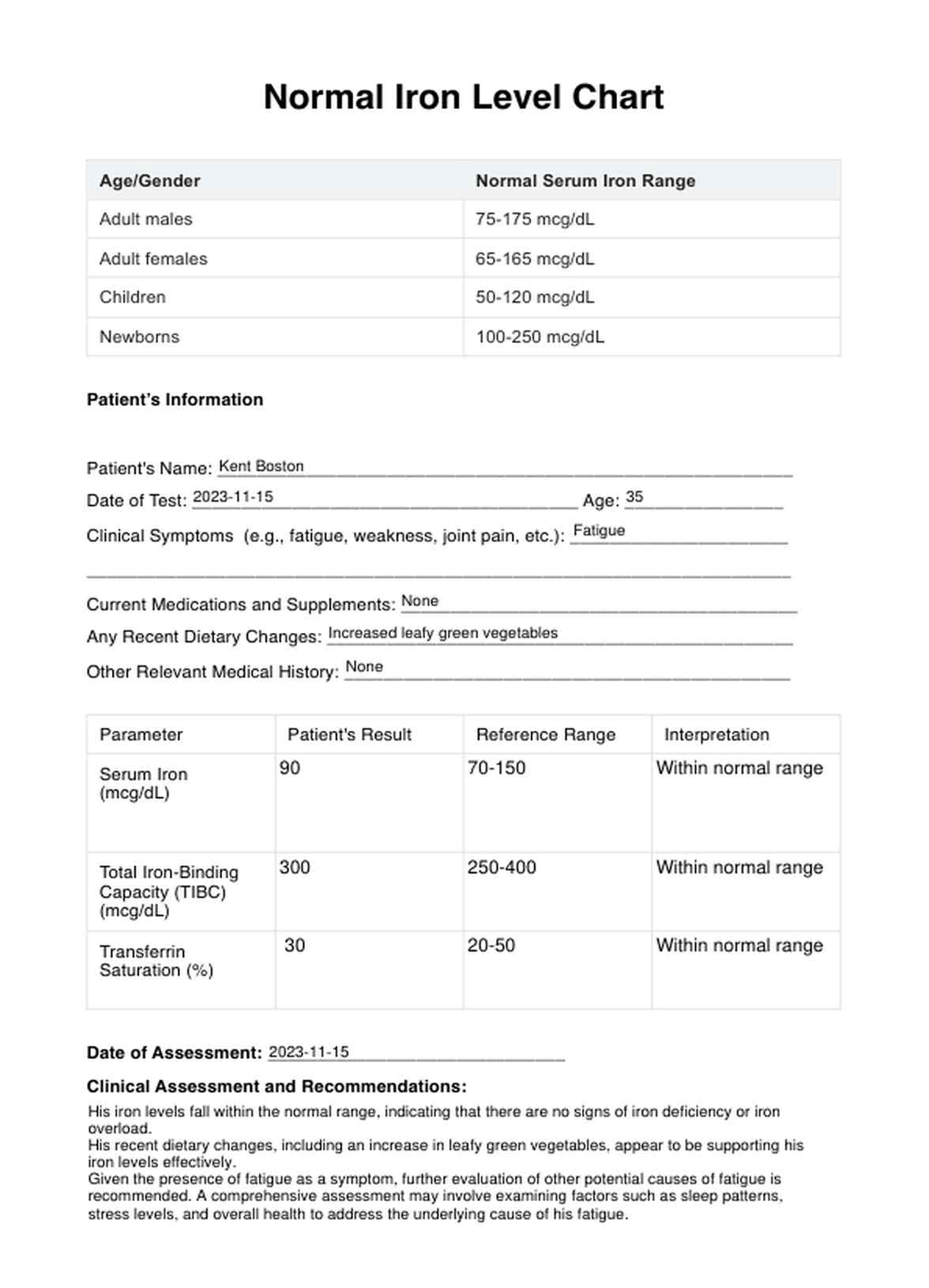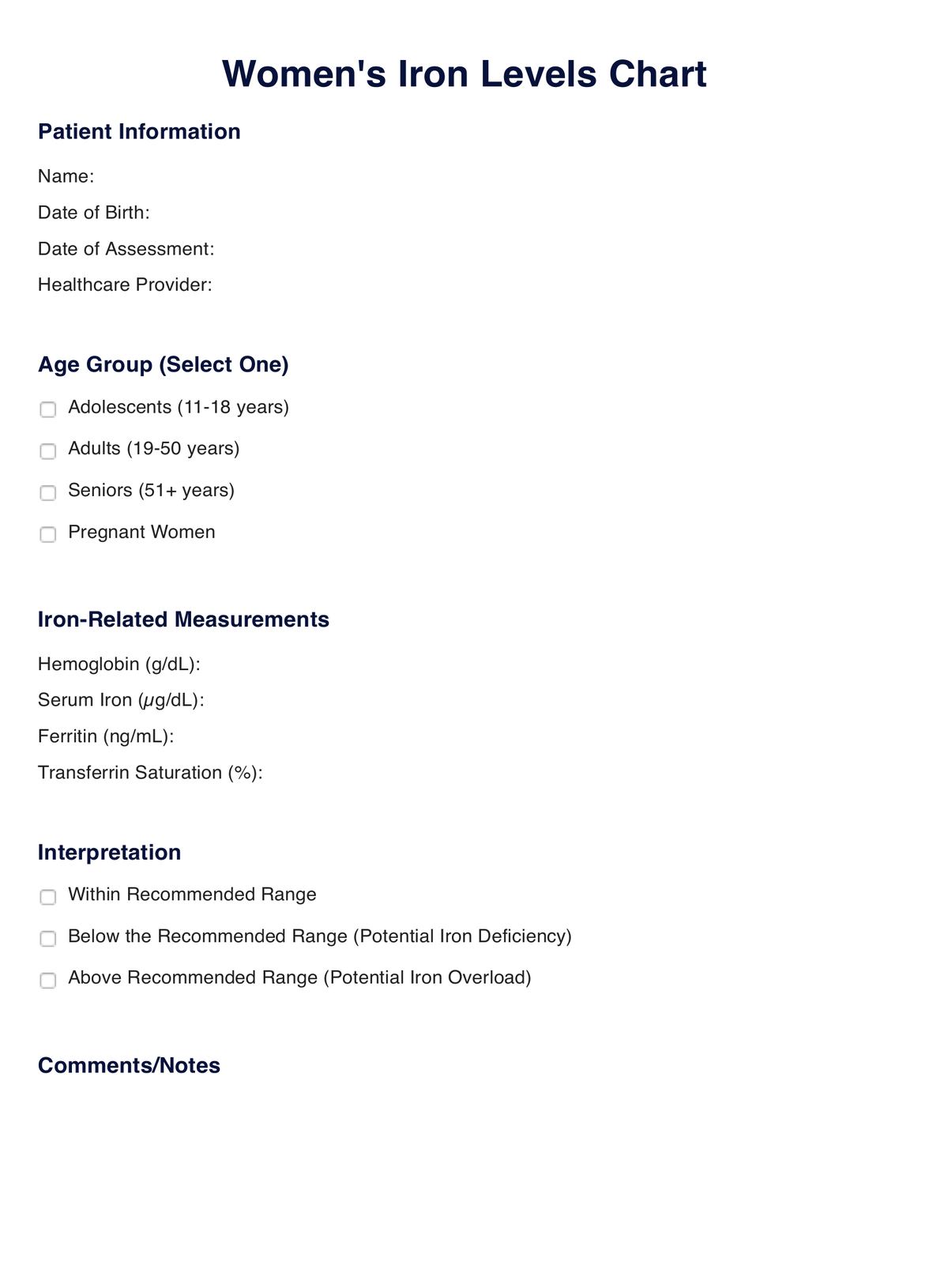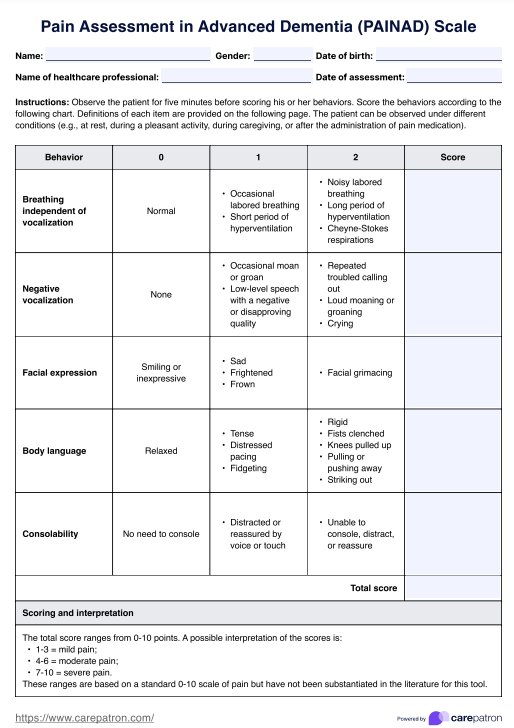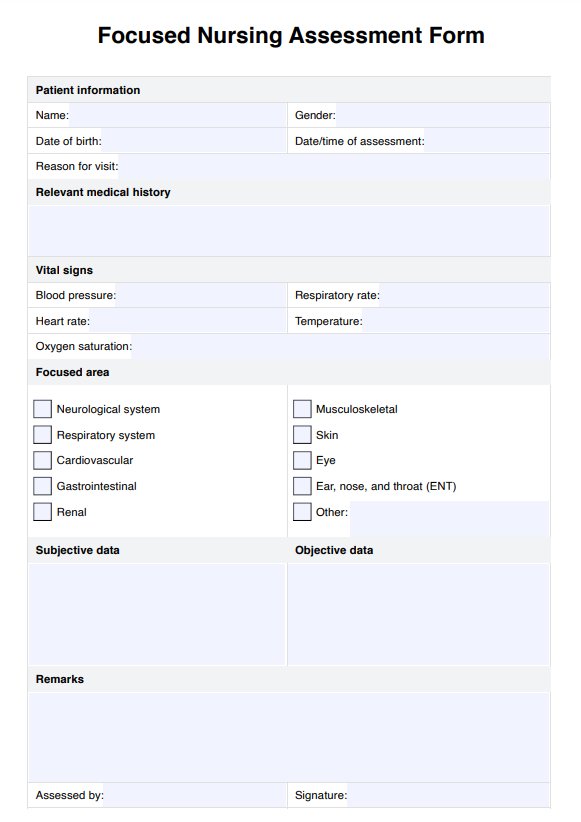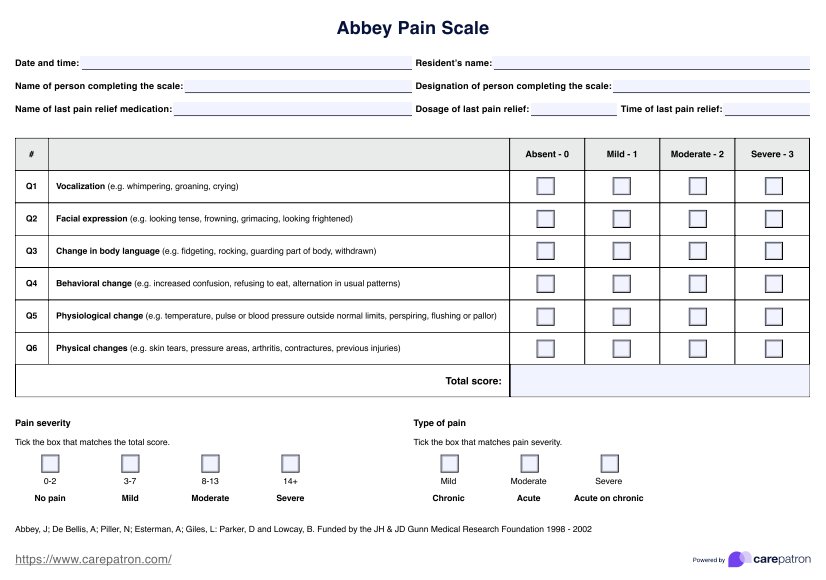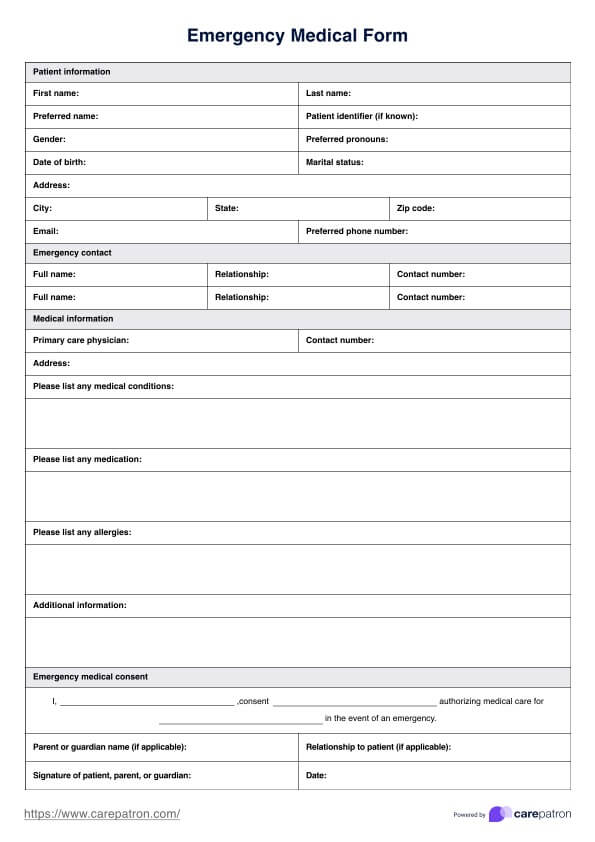Normal Iron Level
Manage and interpret iron levels with ease using the Normal Iron Level Chart. It simplifies the assessment of iron status. Download now!


What is a Normal Iron Level Chart?
A Normal Iron Level Chart is a medical resource designed to assist healthcare professionals and patients in monitoring and interpreting iron levels within the body. It serves as a structured template that organizes critical information related to iron, allowing for effective assessment and management of a patient's iron status.
These Normal Iron Level Charts typically consist of sections for patient information, including name, age, and clinical history, as well as areas for recording specific iron-related parameters. These parameters include Serum Iron, Total Iron-Binding Capacity (TIBC), and Transferrin Saturation, each represented by corresponding columns where the patient's results can be documented. The chart also provides reference ranges and an interpretation section to help healthcare providers determine whether the patient's iron levels fall within normal parameters or if there are signs of deficiency or excess.
The Normal Iron Level Chart is a structured tool that simplifies tracking and assessing a patient's iron status, making it an essential resource for healthcare practitioners. It aids in the early detection of iron-related disorders, guides clinical decisions, and contributes to better patient care and overall health management.
Normal Iron Level Template
Normal Iron Level Example
How Does it Work?
The Printable Normal Iron Level Chart is essential for monitoring and interpreting a patient's iron status. Here are five steps to effectively utilize this chart:
Step 1: Gather Patient Information
Begin by filling in the patient's details, including name, age, test date, clinical symptoms, current medications, dietary changes, and relevant medical history. Accurate data is crucial.
Step 2: Record Test Results
Input the patient's serum iron, total iron-binding capacity (TIBC), and transferrin saturation values in the respective columns. Ensure precision and adherence to units (mcg/dL).
Step 3: Reference Range Comparison
Compare the patient's test results with the provided reference ranges for each parameter. This step determines if the iron levels fall within the normal range.
Step 4: Interpretation
Assess the interpretation column to determine whether the iron levels are normal or if they indicate a deficiency or excess. This helps guide further clinical assessments.
Step 5: Clinical Assessment and Recommendations
Based on the chart data and interpretation, make clinical assessments and recommendations for the patient's health. Consider possible interventions or additional tests as needed.
When Would You Use This Chart?
The Normal Iron Level Chart is vital for healthcare practitioners, laboratory professionals, and patients to assess and monitor iron status effectively. Its primary application comes into play in various scenarios.
First and foremost, this chart is indispensable when evaluating patients with suspected iron-related conditions. When individuals present with clinical symptoms such as fatigue, weakness, joint pain, or other signs of anemia or iron imbalance, healthcare practitioners can utilize the Normal Iron Level Chart to document and interpret their iron profile. This allows for a systematic approach to diagnosing and managing these conditions.
Additionally, the chart is crucial during routine health check-ups. It enables practitioners to track patient iron level changes over time and ensure they remain within the optimal range. This can be particularly significant for individuals with chronic diseases, dietary restrictions, or those undergoing treatment for iron-related disorders.
Moreover, laboratory professionals find the Normal Iron Level Chart valuable when conducting iron panel tests and reporting results. It aids in maintaining consistency and clarity in recording patient data, reference ranges, and interpretations.
What do the Results Mean?
The Free Normal Iron Level Chart results provide crucial insights into an individual's iron status, helping to determine their overall health. Interpretation of these results is key to understanding the significance of the data.
The serum iron measurement represents the concentration of iron in the blood. Normal serum iron levels typically fall within the reference range, indicating that the body adequately stores and transports iron. Elevated serum iron can indicate excess iron intake, while low levels may suggest iron deficiency, leading to anemia and related symptoms like fatigue and weakness.
Meanwhile, the Total Iron-Binding Capacity (TIBC) reflects the body's capacity to bind and transport iron. A high TIBC can signify iron-deficiency anemia, as the body is trying to increase its iron-carrying capacity. Conversely, a low TIBC may suggest iron overload or hemochromatosis.
Lastly, the Transferrin Saturation percentage reveals how much of the available binding sites for iron on transferrin are occupied. Low transferrin saturation indicates an iron deficiency, while high levels may indicate iron overload.
Research & Evidence
In the 1920s and 1930s, research explored the connection between iron levels and health conditions like anemia and heart disease, emphasizing the significance of maintaining healthy iron levels. The 1940s and 1950s brought more sophisticated tests like serum iron and total iron binding capacity tests, enabling accurate normal ranges for iron levels.
Today, the normal iron level chart is pivotal for diagnosing and monitoring health conditions. Recent research supports its importance, revealing links between abnormal iron levels and mortality, cognitive impairment, and heart disease. Standard ranges may slightly vary among labs, but generally fall within 13–18 g/dL for adult males, 12–16 g/dL for adult females, and 11–14 g/dL for children.
Commonly asked questions
Healthcare providers, including doctors, nurses, and specialists, typically request this when assessing a patient's iron status.
These are used when healthcare professionals must evaluate a patient's iron levels, particularly in suspected anemia, iron deficiency, or iron overload.
These charts are used by entering patients' information, recording their test results, comparing them to reference ranges, and interpreting the data to assess their iron status.
The time it takes to complete can vary, but typically takes a few minutes to fill in patient details and record the test results during a medical appointment or lab visit. Interpretation and clinical assessment may take additional time.


